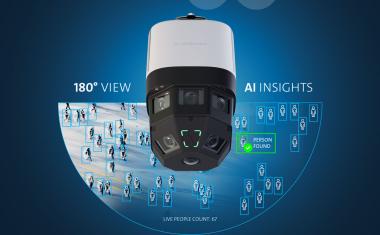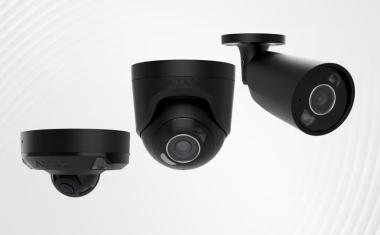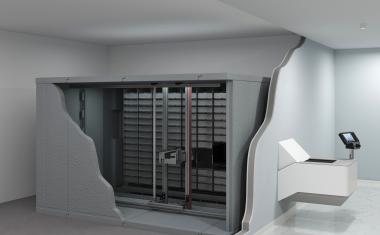Real-time situation management

Control rooms are expected to provide the highest levels of security at lower and lower operating costs. Meanwhile they are juggling multiple systems and trying to ensure that their procedures adhere to the latest regulations and policies. At IFSEC 2010, NICE Systems presented how a new and innovative technology can enhance a security teams' ability to prepare for, detect, respond to and de-brief quickly and effectively, all routine and emergency security situations, whilst reducing costs.
The ideal control room infrastructure is one that combines skilled operators, who have the freedom to use their training, judgement and experience, with automated systems that can be relied upon to manage more routine and mundane processes. A necessary evil for a typical surveillance operation is the need to have many external and disparate systems feeding important data to the control room - access control, video systems, perimeter intrusion sensors, location tracking, panic buttons, environmental sensors, communication devices etc. Traditionally, it would be the job of the operator to manually filter and process this continuous data stream, however, NICE Situator converges all of these systems into a single unified platform, from which the data can be interrogated against pre-defined rules (set by the end-user organisation) to determine the type of incident, assess the action required and implement the required level of response.
This new situation management software platform is currently deployed by a number of public and private sector organisations around the world including Larnaka International airport, ICL, United States Federal Reserve System, Transnet and the Port of Virginia, to protect their critical infrastructures. It has been proven to minimise the risk of operator error, enhance security response, protect existing security investments and reduce operating costs, through streamlining data, systems and procedures into a single platform. To illustrate the effectiveness of NICE Situator, let us consider a typical daily event for a control room team and how it can be managed by the system.
A sensor positioned on the perimeter fence is disturbed; as a result a chain of automated events is immediately triggered. First the sensor sends an alert to the control room, where the operator is presented with a pre-defined message; at the same time the system deploys the organisation's perimeter intrusion procedures. In this instance the process involves automatically pointing the relevant CCTV camera toward the sensor and displaying the monitored and pre-recorded video to the operator in the control room, who is overseeing the incident in real-time. Meanwhile, the system locates the personnel best equipped to respond to the alert and sends a multimedia task assignment to their mobile devices, with an action to report if there is any evidence of tampering. If the responder confirms that there is such evidence the system then activates a further set of procedures for investigation and suspect search.
Throughout the entire process the operator is aware of how the situation is being dealt with, but because the system has flagged the event and instigated the correct procedures, the operator is able to take an overseeing role, providing vital human input and intervention where necessary. NICE Situator is complimented by detailed incident and debrief reporting to help surveillance teams manage their situation management lifecycles of continual planning, action and improvement.















